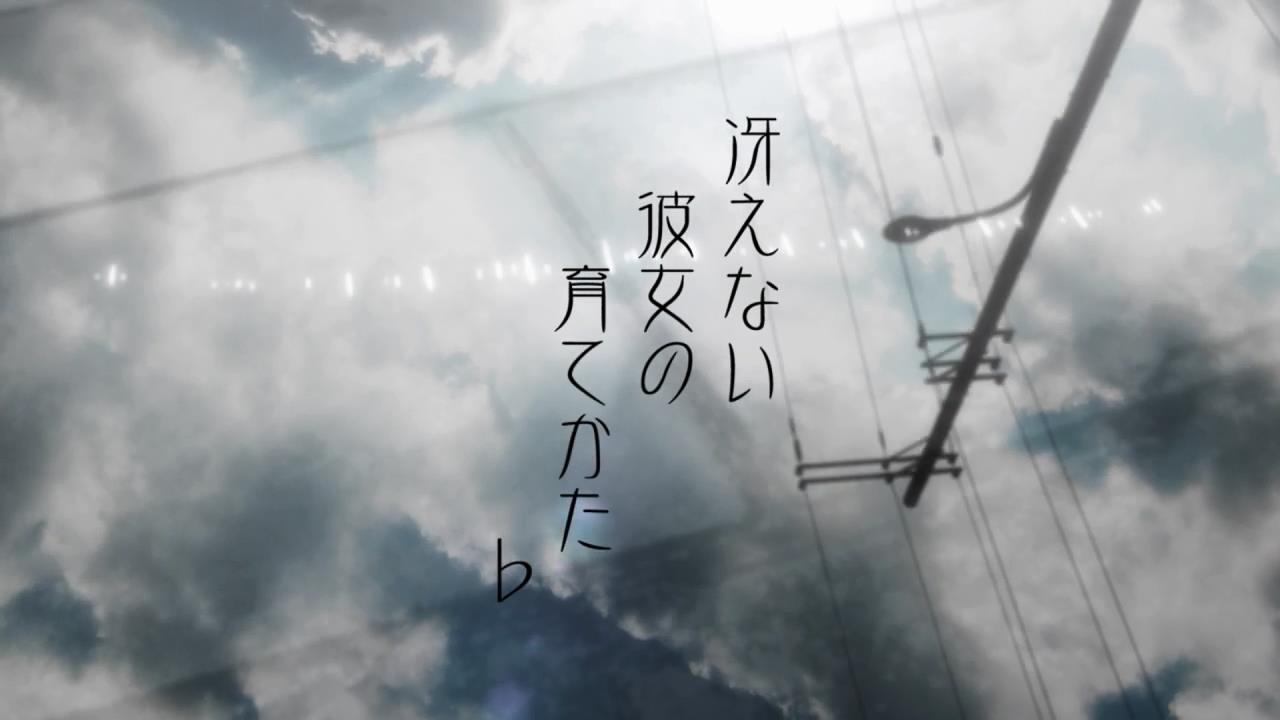Saekano’s second season picks up where the first season left off. The second season dedicates its first few episodes to Tomoya and the others completing their first game together. While the majority of the first season of Saekano was focused on laying out the foundation of the series, the second season focused on showing the characters change.
During the first season, Utaha Kasumigaoka and Eriri Spencer Sawamura are both presented as characters who fit common anime character tropes. Their qualities were quite predictable and one dimensional because of this. While the fact that both mains were so easily placed within these character tropes, the irony and part of the humor of the first season was rooted in this fact coupled with how the very same characters managed to make fun of or belittle the very tropes that they themselves embodied. The second season of Saekano however works to build characters that go beyond these common tropes. What is noticeable about both Utaha and Eriri this season is that while they do maintain their personalities, there is a lot more focus on their work and their ideals as creatives in the current industry. The season strives to lift these characters up and pull them away from preconceived ideas associated with the tropes making them more unique and less one dimensional as compared to the first season of Saekano.
![[HorribleSubs] Saekano S2 - 06 [720p].mkv_snapshot_13.28_[2017.06.25_21.19.08]](https://theanimeguru.com/wp-content/uploads/sites/3/2017/06/horriblesubs-saekano-s2-06-720p-mkv_snapshot_13-28_2017-06-25_21-19-08.jpg)
The focus on these two characters allow Saekano to go beyond a work of fiction by showing something that is real. Its plot and character development focus on major issues that are apparent in the world of anime and the professional world of artists today. Utaha for instance is torn between her desire to stay with the group, Cherry Blessing, or to work in collaboration with a professional whom she admires, respects, and looks up to. As her story line develops, we see her dilemma of having to choose between her loyalty or her personal growth and passion. Her struggle is also mirrored in Eriri who is also faced with the choice to stay with the group or leave in pursuit of a better opportunity. Eriri’s struggle is particularly highlighted in that we see her going from incapable of drawing to creating her best work yet through the efforts of someone other than Tomoya. Her choice and rationale are brought to light when she explains that her choice between loyalty and growth is also a choice between someone who cannot push her to succeed versus one who can.
Saekano’s second season is without a doubt, even better than the first. It takes everything from its first season and adds more depth effectively increasing its appeal and charm.




